Insulation of walls from the internal side
Insulation of external walls on the premises side has its advantages and disadvantages. The advantages of this design scheme include the fact that the work can be carried out at any time of the year, regardless of weather conditions and with any complexity of the architectural design of the facade. In addition, thermal insulation can only be performed in rooms whose microclimate must be maintained within the specified parameters. Rooms that are not heated do not need to be insulated if their thermal regime does not affect the microclimate of other rooms. A selective wall insulation system can provide significant savings in material resources spent on reducing heat losses. Insulation work on the inside of enclosing structures eliminates the need to build bulky scaffolding, which provides significant savings in labor and material costs. The disadvantages of the design scheme for insulating enclosing structures from the inside include a reduction in the area of the premises due to an increase in the thickness of the stack. In addition, internal insulation can significantly change the thermal inertia of a massive building envelope, which can lead to a deterioration in the indoor microclimate. The fact is that with an internal insulation scheme, most of the wall ends up in the low temperature zone, as a result of which the process of moisture transfer through the enclosing structure changes. From a physical point of view it looks like this. The temperature of the wall behind the insulation drops sharply, so the point of dew formation shifts to the inside of the enclosing structure. In winter, water vapor formed into the room as a result of human activity due to the difference in partial pressures diffuses out. This will inevitably lead to condensation behind the insulation layer on the inner surface of the wall. Thus, in winter, the wall begins to accumulate moisture, which does not have time to evaporate over the summer. Increased wall humidity leads to the formation of microorganisms and deterioration of the sanitary and hygienic indicators of the premises. Therefore, the processes of moisture and heat transfer through the building envelope must be taken into account when designing insulation. And in order for the moisture accumulated in the wall to have less impact on the microclimate of the premises, a layer of vapor barrier with one-way conductivity is placed between the wall and the insulation. The disadvantages of thermal insulation on the inside of enclosing structures include the fact that it is impossible to install thermal insulation material from the inside in the area where the ceiling adjoins the outer wall. Therefore, at the junction of the wall and the ceiling, so-called “cold bridges” are formed, through which large heat leaks occur. Insulation on the inside of the building envelope is carried out by gluing or mechanically attaching rigid insulation boards to the walls, which are then puttied in preparation for finishing. The insulation used for this purpose must satisfy a number of requirements: - be durable, non-flammable, resistant to aging; - be environmentally friendly and biologically stable; - have a conclusion from fire and sanitary inspection authorities for use in internal cladding structures; - maintain a stable form; - have high heat-insulating characteristics; - allow water vapor and moisture to freely penetrate through the building envelope from the room to the outside. Sprayed thermal insulation is performed by applying foam insulation with a light cellular structure or a layer of asbestos wool, thereby increasing the thermal resistance of the enclosing structure. The advantage of spraying is that the insulation is attached without the use of fasteners. For this purpose, special installations are used, with the help of which high adhesion characteristics of the sprayed layer with the base of the enclosing structure are achieved. It is especially effective to apply thermal insulation by spraying on curved surfaces, on which it is almost impossible to provide high-quality thermal insulation using slab insulation. To obtain a good thermal insulation layer, the surface of the enclosing structure is carefully prepared. The surface must be dry, free of dust, oil stains and other contaminants. Spraying should not be applied to plaster with signs of peeling and cracks. The surface temperature must be at least 5°C. Thermal engineering calculations show that the thickness of the sprayed layer of approximately 25-30 mm in the average climatic zone fully ensures good thermal insulation properties of the enclosing structure. “Warm” plasters are one of the methods for insulating building envelopes. They can be made on the basis of perlite, cement or gypsum, as well as on the basis of crushed fiber. Such mixtures provide the necessary sound and heat insulation in compliance with all fire resistance standards for enclosing structures. Plasters based on gypsum binder are used for internal treatment of walls operated in air-dry conditions. Cement binder plasters are used for external and internal insulation in rooms with high air humidity. When using heat-insulating plaster mortar, it is recommended to use factory-made dry perlite mixtures. It is possible to prepare plaster mortars directly on objects under construction from separately supplied mixture components. Dry plaster mass with a moisture content of no more than 1% is supplied in multi-layer water-repellent paper bags. To prepare mixtures, porous filler is used, which is expanded perlite sand of grade no higher than 200. To improve the thermal insulation and acoustic qualities and reinforcement of the plaster mortar, it is recommended to use chopped fiberglass, basalt fiber with a diameter of 10-12 microns and a length of up to 20 mm. To improve the adhesive properties of the plaster mortar, reduce water demand and increase plasticity, it is necessary to add polyvinyl acetate emulsion (PVA) to the mixture. To reduce water absorption and increase the frost resistance of plasters, organic liquids that hydrophobize silicon are used. The setting time of gypsum perlite solutions is regulated by introducing a glue-lime retarder or molasses slurry into the water. The compositions of plaster solutions given in the table for the installation of heat and sound insulating plaster, if necessary, can be adjusted taking into account the available equipment for preparing and applying solutions. One of the options for internal insulation of enclosing structures can be the installation of drywall directly on the wall or on a pre-fixed wooden (metal) frame. The air gap between the building envelope and the plasterboard sheets significantly increases the overall insulation of the wall. In general, the insulating properties of the wall are influenced by the thickness of the plasterboard, the number of installed sheets and the depth of the frame space. To increase the sound and heat insulation of walls, the frame space is filled with mineral wool, foam plastic and other insulating materials, achieving the required characteristics of the enclosing structures. In this case, special attention should be paid to sealing the joints between the insulation sheets.

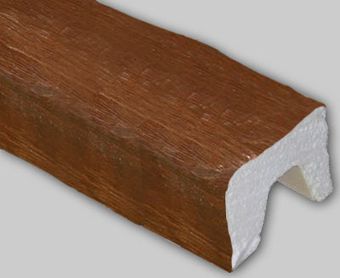 Decorative beams
Decorative beams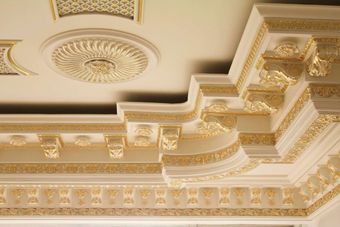 Smooth cornices
Smooth cornices Cornices with ornaments
Cornices with ornaments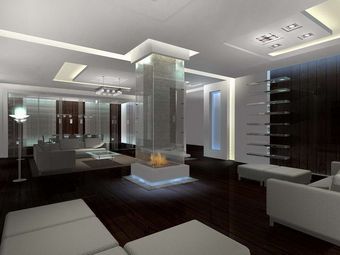 Concealed lighting cornices
Concealed lighting cornices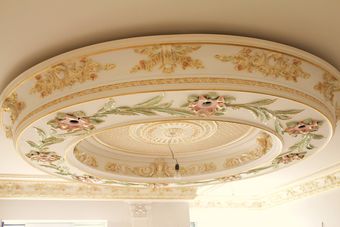 Polyurethane domes
Polyurethane domes Ceiling tiles
Ceiling tiles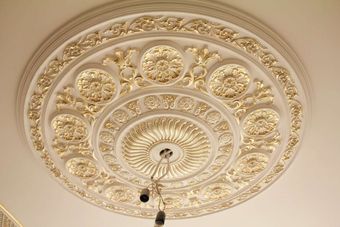 Decorative rosettes
Decorative rosettes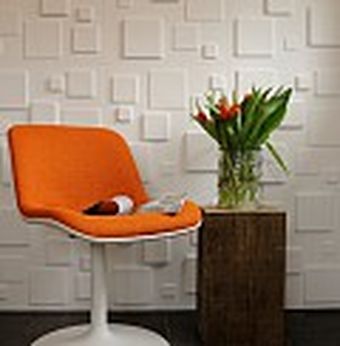 3D panels
3D panels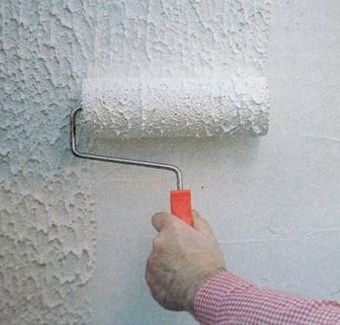 Liquid wallpaper
Liquid wallpaper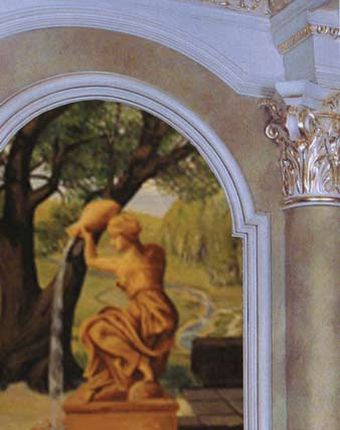 Door frame
Door frame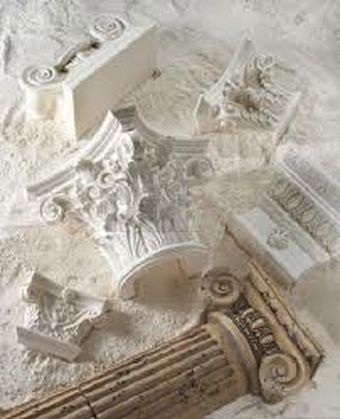 Columns and semi-columns
Columns and semi-columns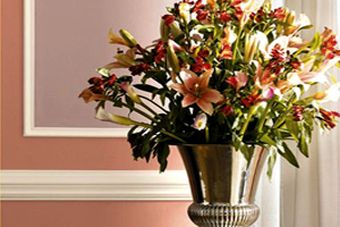 Moldings
Moldings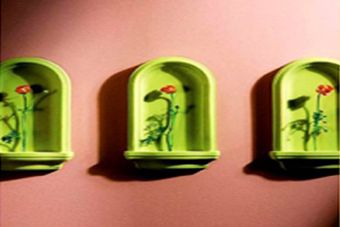 Wall niches
Wall niches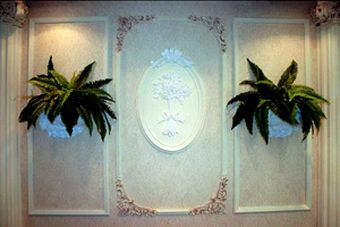 Ornaments, panels
Ornaments, panels Fireplace panels
Fireplace panels Pilasters
Pilasters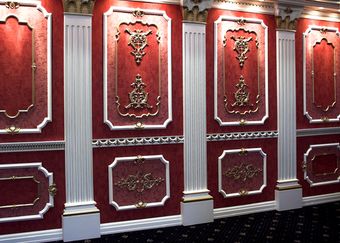 Corner elements
Corner elements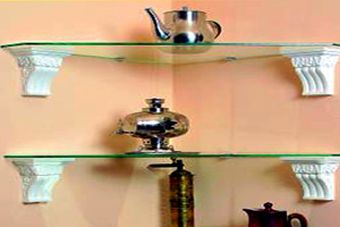 Brackets, consoles
Brackets, consoles Photo paintings
Photo paintings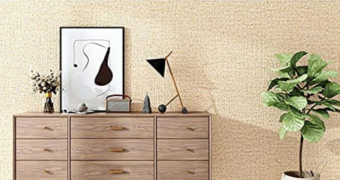 Texture wallpaper
Texture wallpaper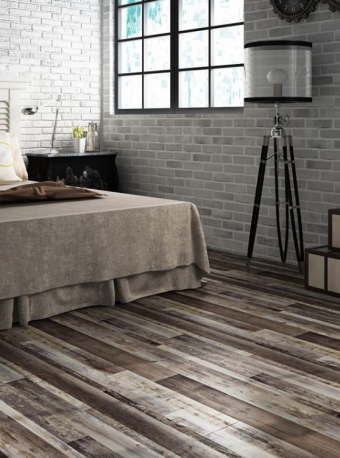 Self-adhesive tiles
Self-adhesive tiles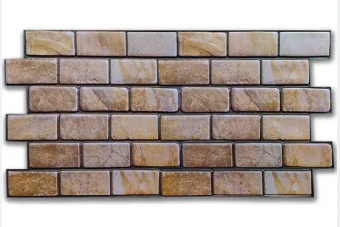 Decorative PVC sheet panels
Decorative PVC sheet panels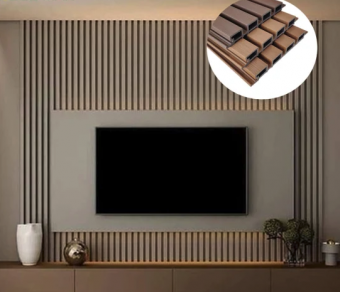 WPC Decorative Wall Slats
WPC Decorative Wall Slats Carpets
Carpets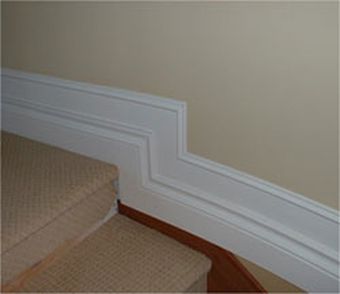 Floor skirting boards
Floor skirting boards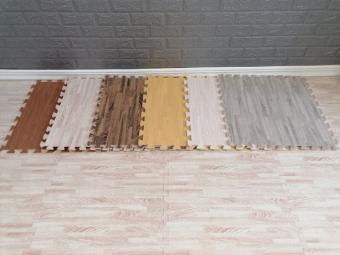 Soft floor puzzle
Soft floor puzzle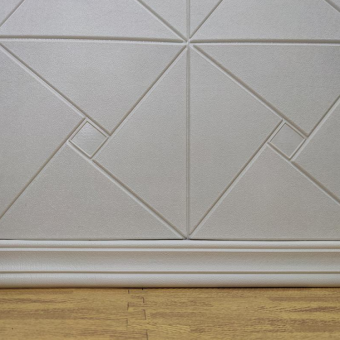 Self-adhesive skirting board
Self-adhesive skirting board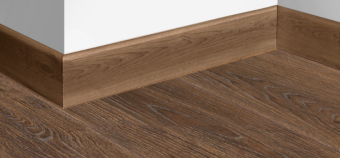 MDF plinth
MDF plinth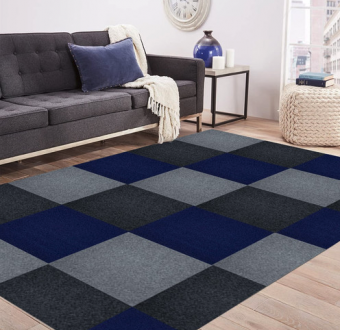 Self-adhesive carpet
Self-adhesive carpet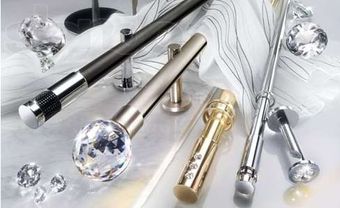 Curtain rods
Curtain rods Window sills
Window sills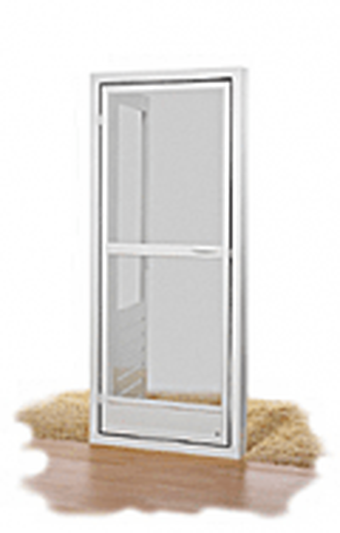 Mosquito net
Mosquito net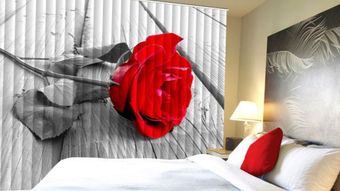 Photoblinds
Photoblinds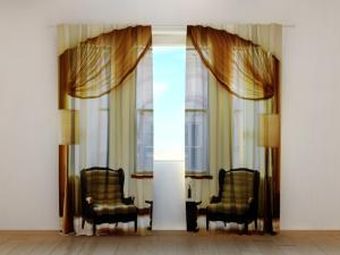 Photo curtains
Photo curtains Roller blinds (roller blinds)
Roller blinds (roller blinds)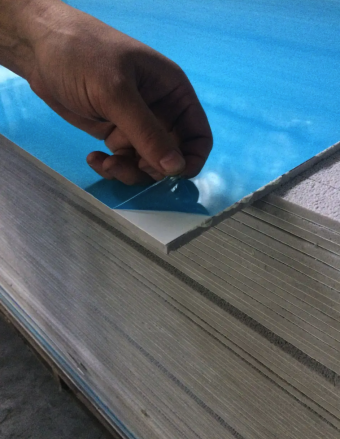 Sandwich panels
Sandwich panels Window sills
Window sills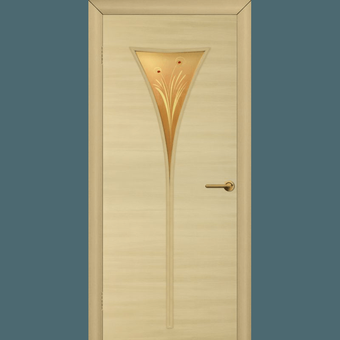 Doors Omis
Doors Omis Liquid nails and glue
Liquid nails and glue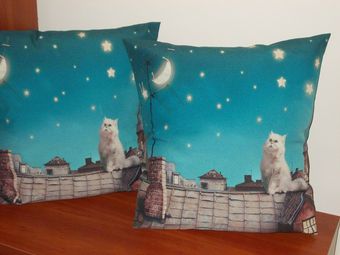 Photobed
Photobed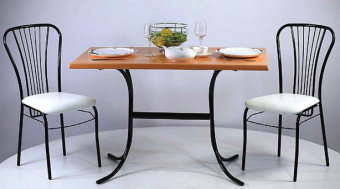 Table tops
Table tops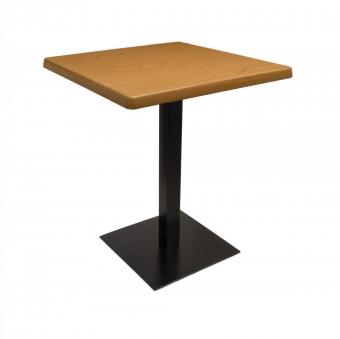 Table supports
Table supports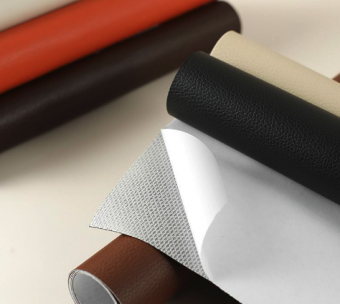 Self-adhesive eco-leather
Self-adhesive eco-leather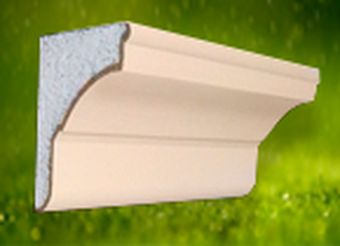 Cornices for facade
Cornices for facade Moldings for facade
Moldings for facade Columns, pilasters
Columns, pilasters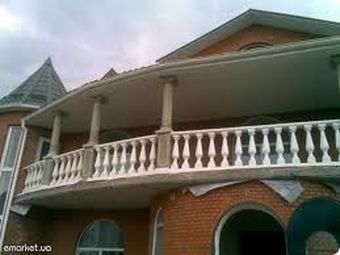 Balustrades, balusters
Balustrades, balusters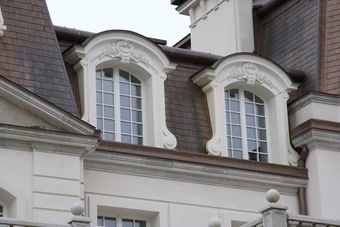 Window framing
Window framing Bassages, rustics, castles
Bassages, rustics, castles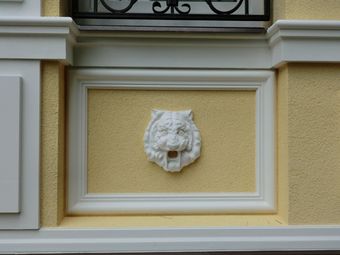 Sandriks, decor, bas-relief
Sandriks, decor, bas-relief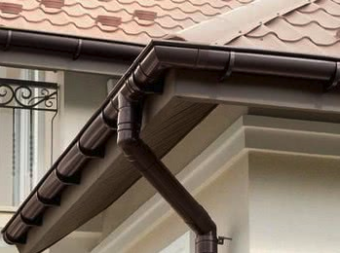 Drainage systems
Drainage systems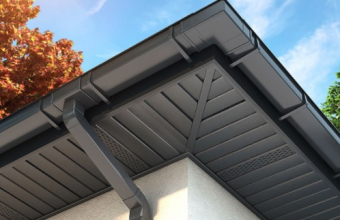 Soffits
Soffits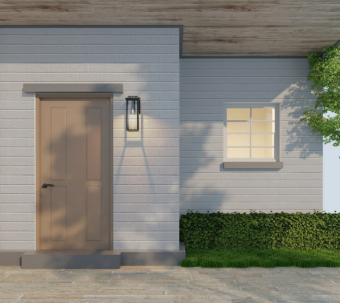 Facade panels
Facade panels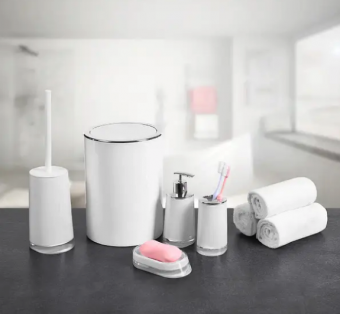 Bathroom accessories
Bathroom accessories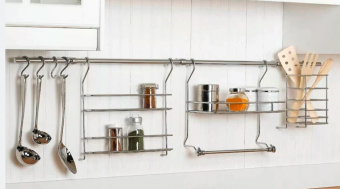 Kitchen accessories
Kitchen accessories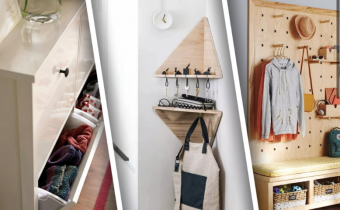 Accessories for the hallway
Accessories for the hallway Accessories for cosmetics
Accessories for cosmetics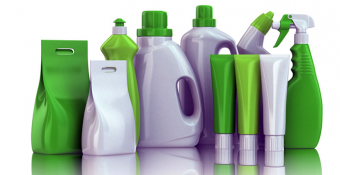 Household chemicals
Household chemicals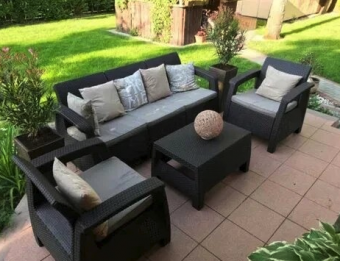 Materials for street decoration
Materials for street decoration